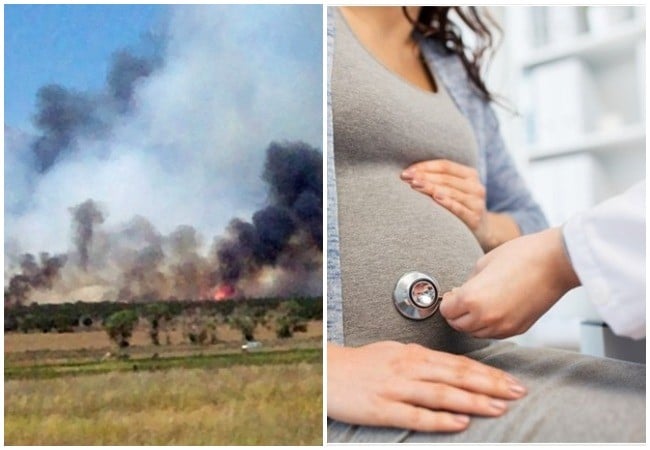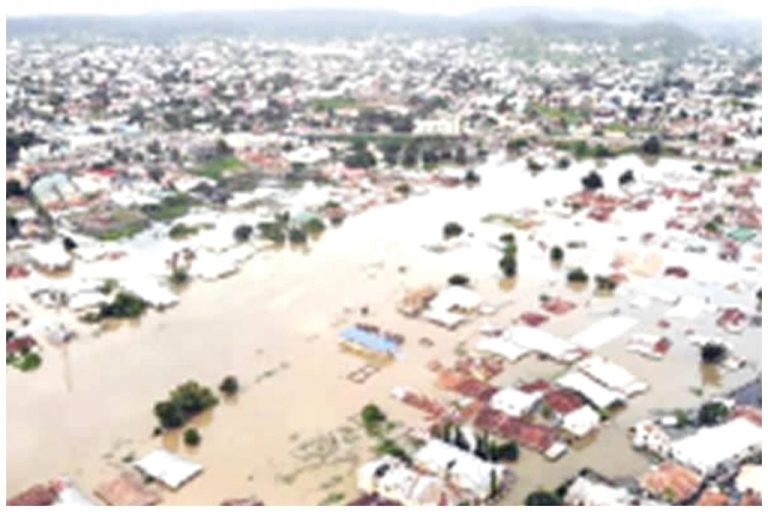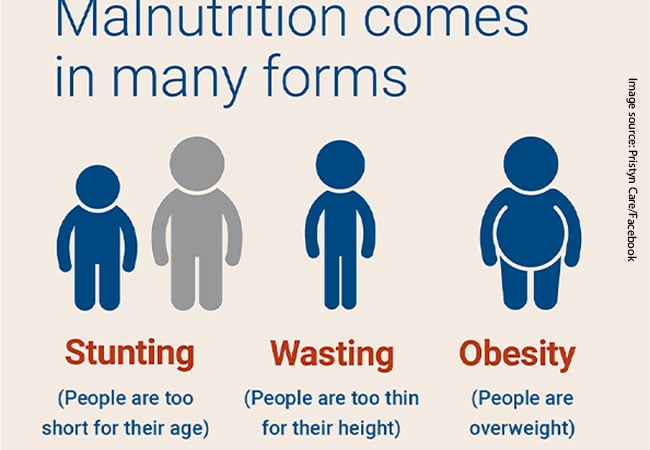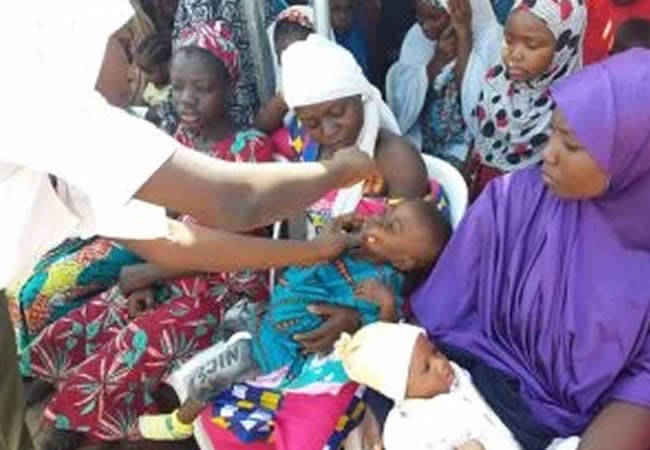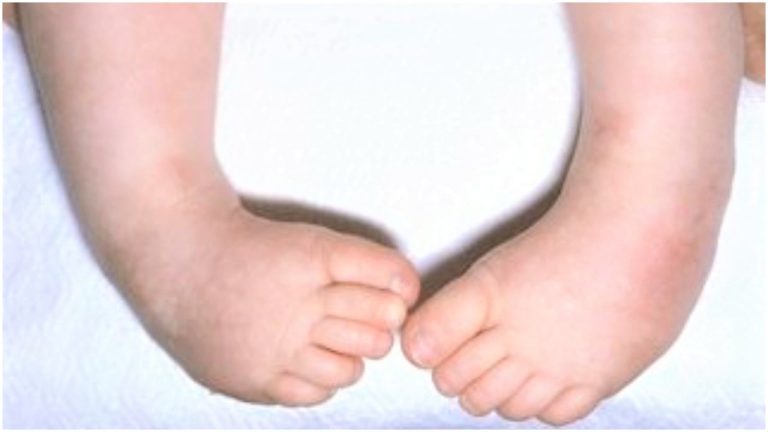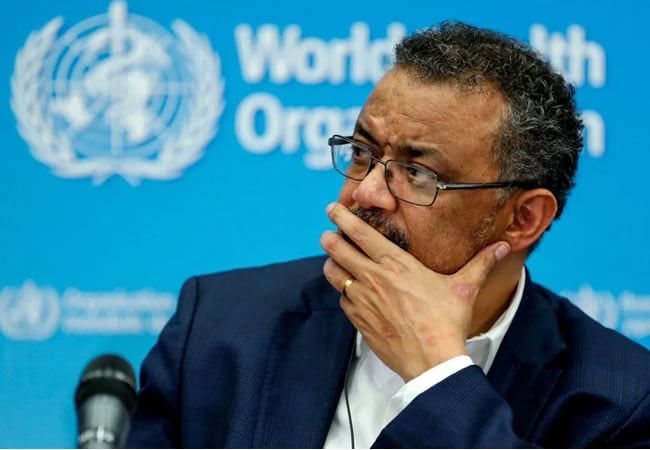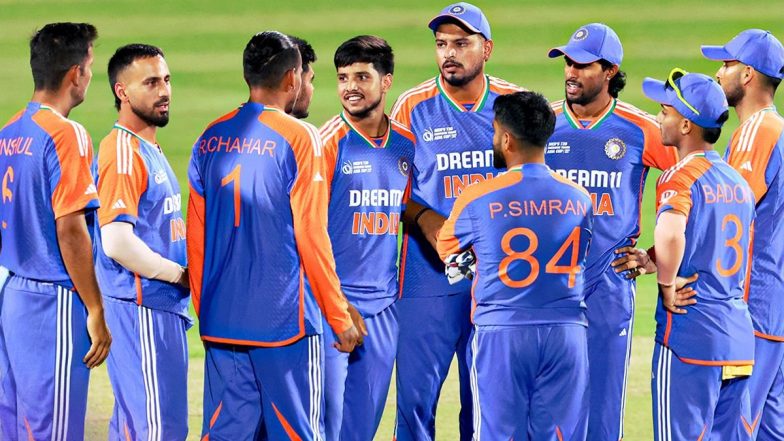Damilola Olufemi The United Nations agencies have expressed concern that pregnant women, babies, and...
Children
By Lara Adejoro The United Nations Children’s Fund says no fewer than 650,000 Nigerian...
By Sodiq Ojuroungbe A Child rights organisation, Save the Children, has lamented that about...
By Agency The United Nation Children’s Fund says 186,452 children in Sokoto, Zamfara and...
By Agency A Consultant Orthopaedic Surgeon, Prof. Oladipo Adewole, says club foot deformity is...
By Lara Adejoro The World Health Organisation said 12 children with cancer or other...
By Lara Adejoro The Coordinating Minister of Health and Social Welfare, Prof Ali Pate,...
Can Drinks. Image source: Cleveland Clinic Sodiq Ojuroungbe Medical experts have warned parents not...
It is not unusual to see plus-sized children waddle alongside their parents in a...
UN Spokesperson, Mr. Stéphane Dujarric, said this at a news conference on Wednesday at...
